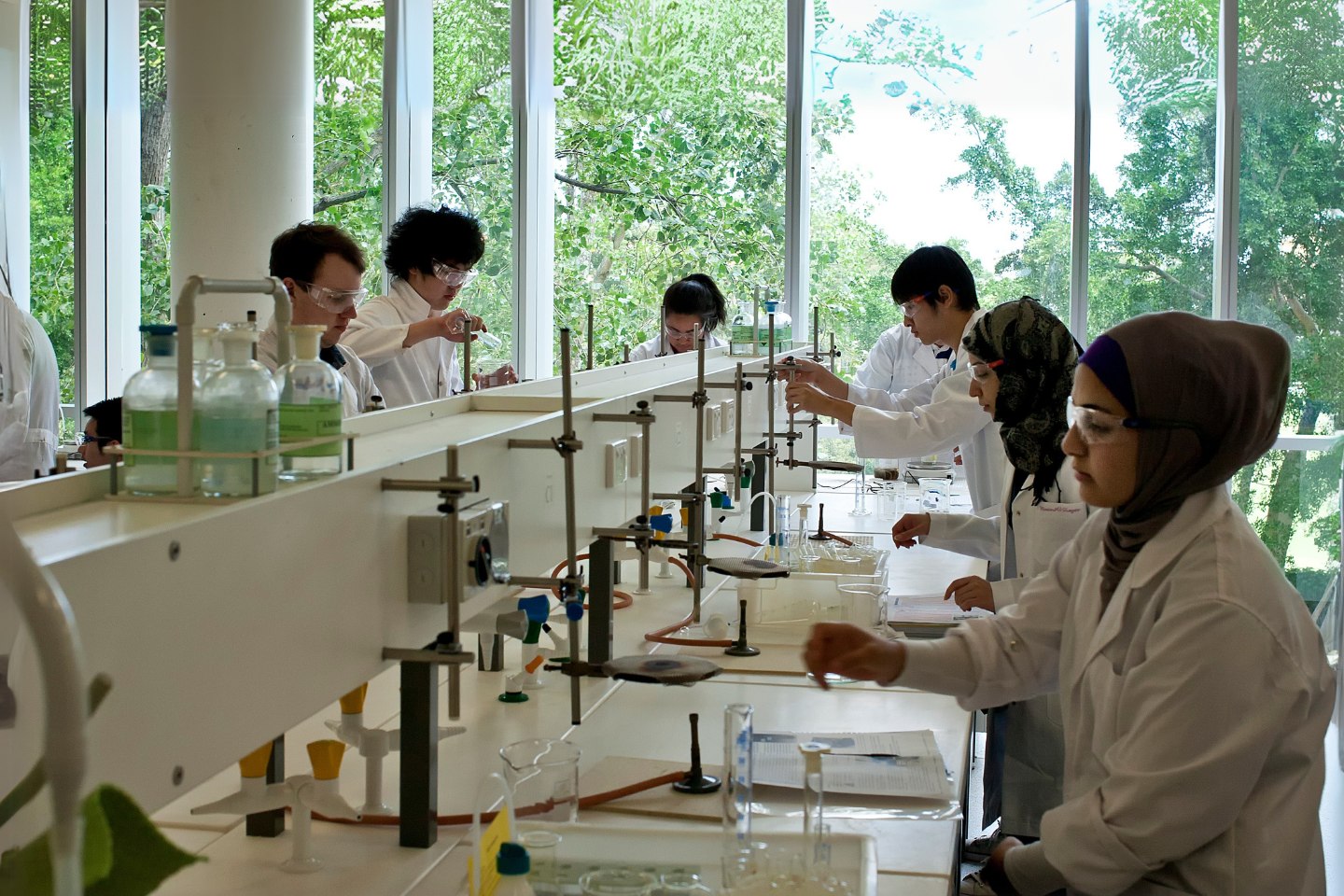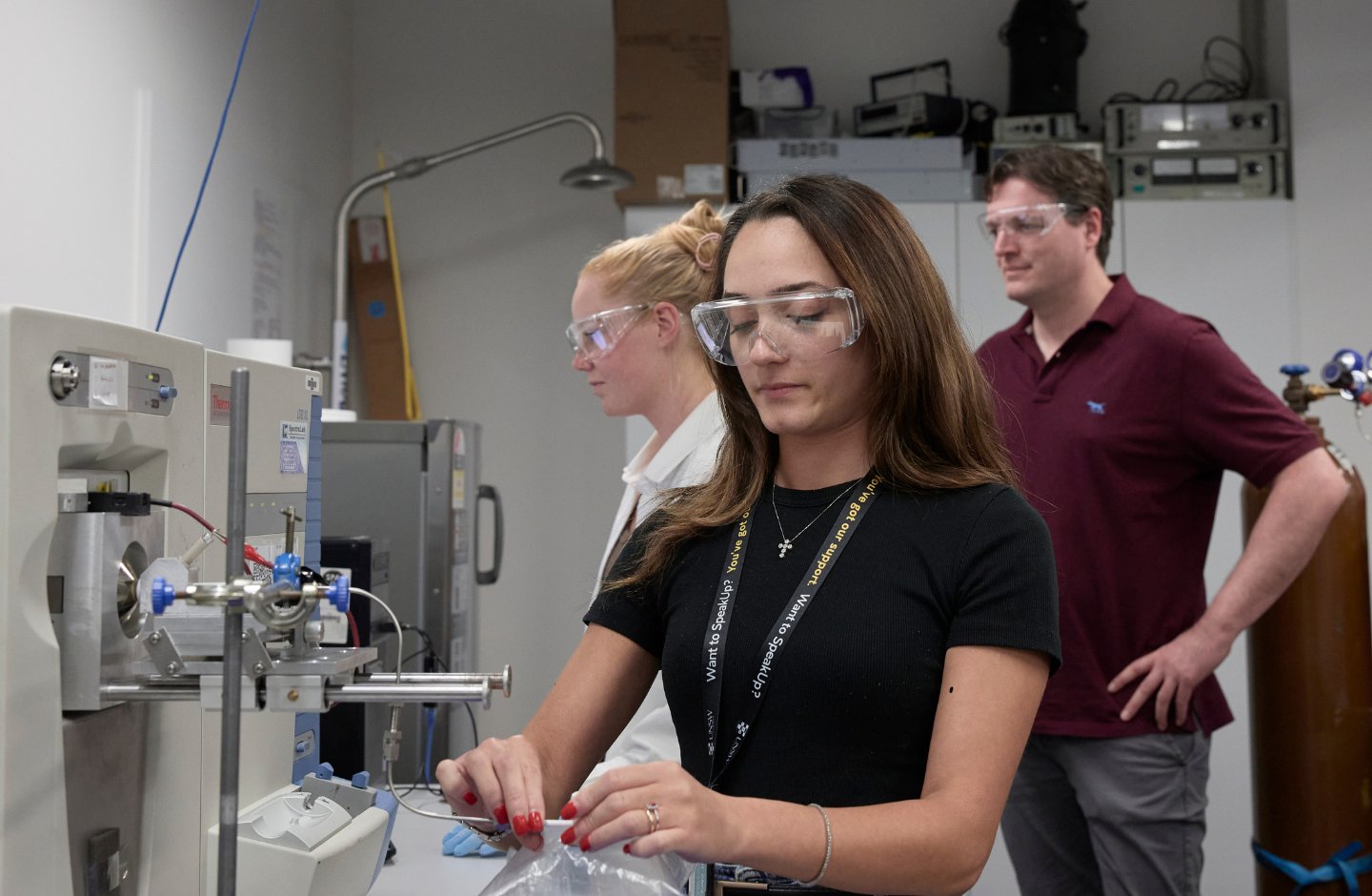
New research aims to boost readiness for STEM careers
ACER news 2 days ago 6 minute readAn industry-focused research project is looking to enhance university assessments to strengthen one of Australia’s most dynamic sectors.
The Australian Council for Educational Research (ACER) and the University of New South Wales (UNSW) are backing a significant PhD project focused on improving higher education student outcomes in the fields of science, technology, engineering and maths (STEM).
The project – Developing a Framework for Assessment Practices in STEM Higher Education – aims to improve assessment in STEM study to help increase student engagement, retention, performance, course completion and job readiness.
It was included late last year in the National Industry PhD Program which supports research co-designed by university and industry that aligns with national priorities (as one of its objectives).
As part of the innovative model, the PhD will be supervised by leaders from both the university sector and ACER. Dr Sara H. Kyne and Dr Kristy Osborne will guide the work, combining their extensive knowledge in science research, education and assessment practices.
The PhD will investigate the role of assessments in driving how university subjects are taught, and influencing student learning, engagement and progress. These investigations will form an evidence-base to develop a framework for designing effective assessment models for STEM subjects in higher education.
PhD candidate Agnes Mercer is a research officer at ACER who has previously worked on research into understanding learners’ and educators’ perceptions of student preparedness for tertiary studies in chemistry.
Ms Mercer, a former secondary chemistry and mathematics teacher with a strong academic background in the sciences, is keen to create assessment guidelines and tools that engage students from diverse backgrounds and contribute to improving the skills and capabilities of STEM graduates, ensuring a diverse and able STEM workforce.
‘I am so excited and grateful to participate in this industry-focused project,’ she says.
‘It offers a unique opportunity to rethink how assessment is developed and used in higher education, especially in ways that support all learners to engage in STEM disciplines.’
Dr Daniel Edwards, ACER’s head of Education Research, Policy and Development, says: ‘We see this as a great model for education and industry collaboration.
‘Supporting our staff to undertake a PhD on a project that draws on our expertise, builds strong relationships, and is focused on improving learning and teaching fits with what is at the heart of our mission at ACER.’
Associate Dean of Research Training for UNSW Science Professor Suhelen Egan is also excited.
‘Not only will this facilitate a fantastic collaboration between the School of Chemistry with ACER but will also lead to real and significant change in the way that science and engineering is taught across the higher education sector,’ she says.
A pilot and evaluation of the STEM assessment framework is planned as part of the PhD project.

PhD candidates working in the silicosis laboratory of UNSW. Image © Richard Freeman, UNSW
Challenges in STEM education
The National Skills Commission (now Jobs and Skills Australia) predicted that Australian jobs in STEM occupations would grow twice as fast as non-STEM jobs between 2021 and 2026.
One industry advocate has predicted Australia will need 100,000 digitally skilled workers and 40,000 engineers in the next 2 years.
Despite this, concerns about filling these roles exist at almost every progression point in the career pathway.
National student data shows there has been a slight decline in tertiary domestic enrolments for STEM courses between 2021 and 2023. Internationally, researchers have sought to understand high levels of attrition from STEM-related courses.
ACER research has also highlighted issues for Australian graduates transitioning into the STEM workforce, with leaks in the pipeline a particular concern for women and students from disadvantaged backgrounds.
For those working in the STEM field, significant proportions of graduates have reported that their skills weren’t being used.
Assessment as part of the solution
STEM courses can use a mix of approaches to assess students’ knowledge and skills, as well as students’ ability to critically reason and apply their knowledge and skills to solve different problems. Those assessment approaches might involve assessing hands-on project work and industry placements, and assessing student portfolios as well as traditional exams.
Dr Edwards says the PhD project recognises that a framework to help design fit-for-purpose assessments that is widely adopted in higher education STEM courses could contribute to solving Australia’s STEM workforce challenges.
‘Australia relies on innovators and problem solvers for the health of its people, the environment, our industries and the economy, so we need to do everything we can to support educators delivering STEM courses,’ he says.
‘That includes using assessments to support teaching and learning so that students graduate with the knowledge and skills to help them thrive.’